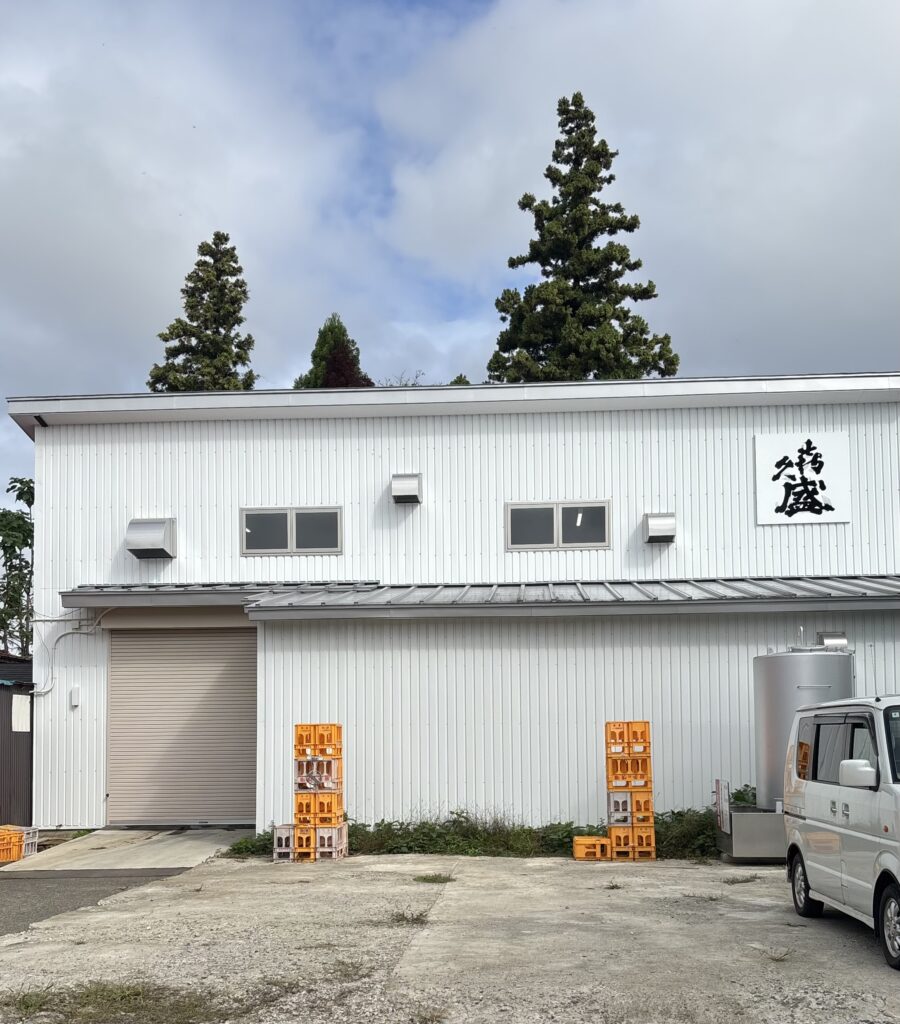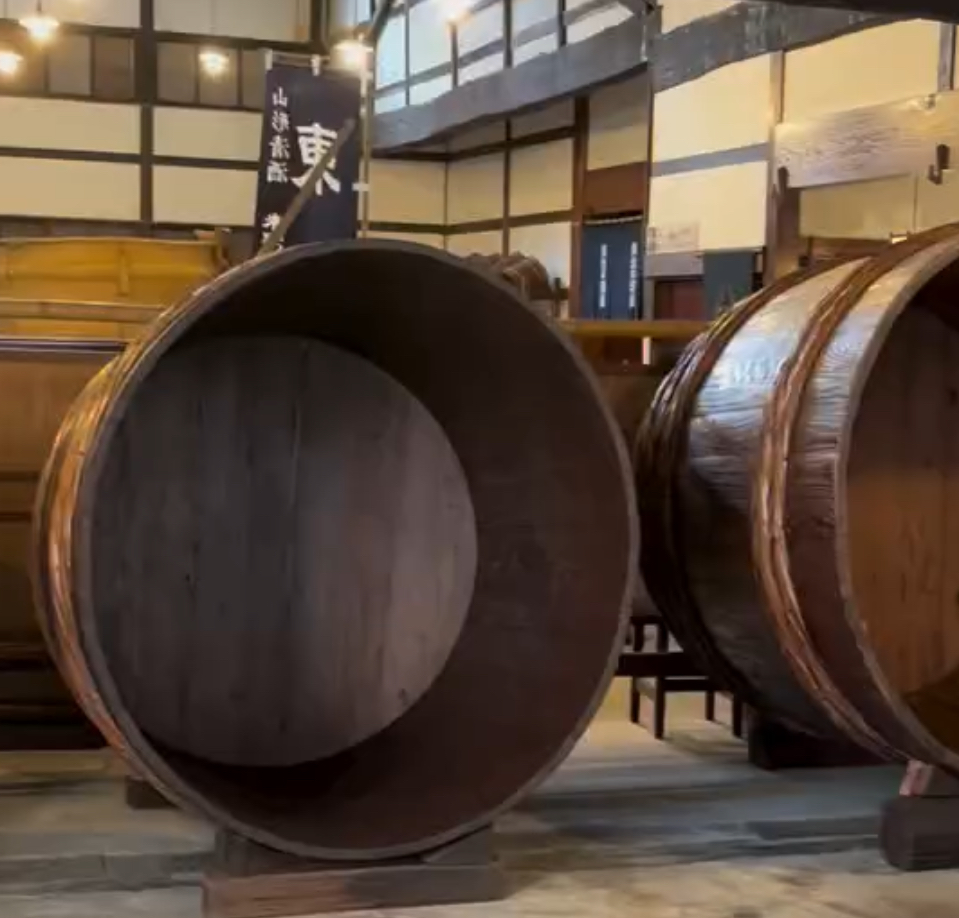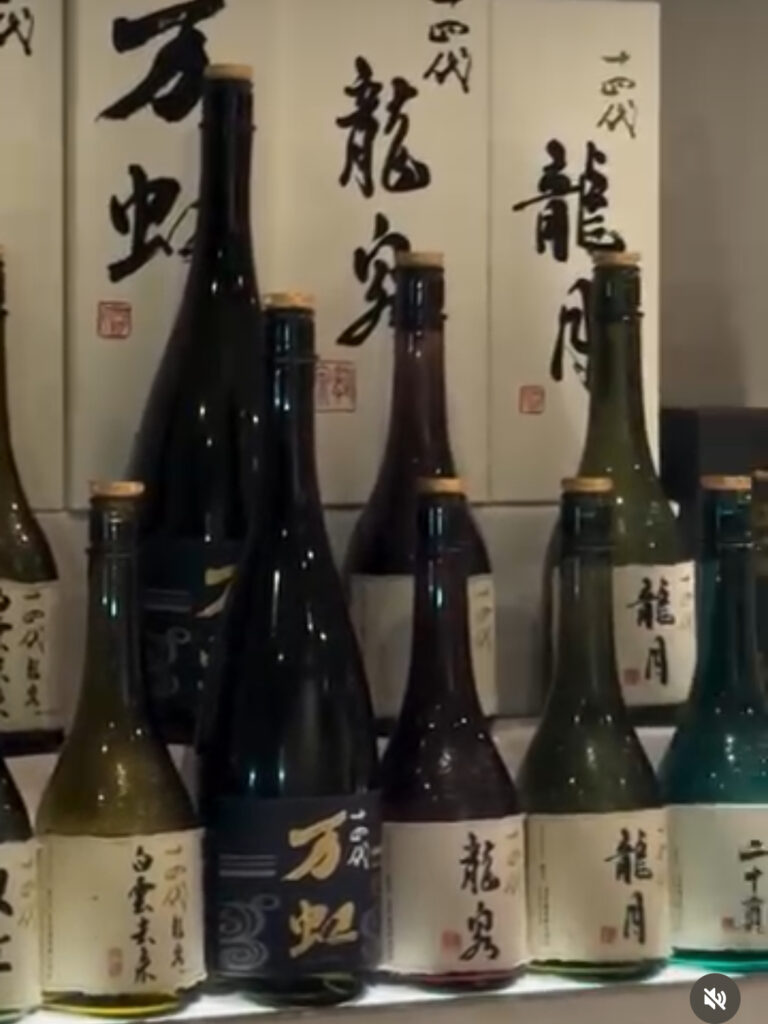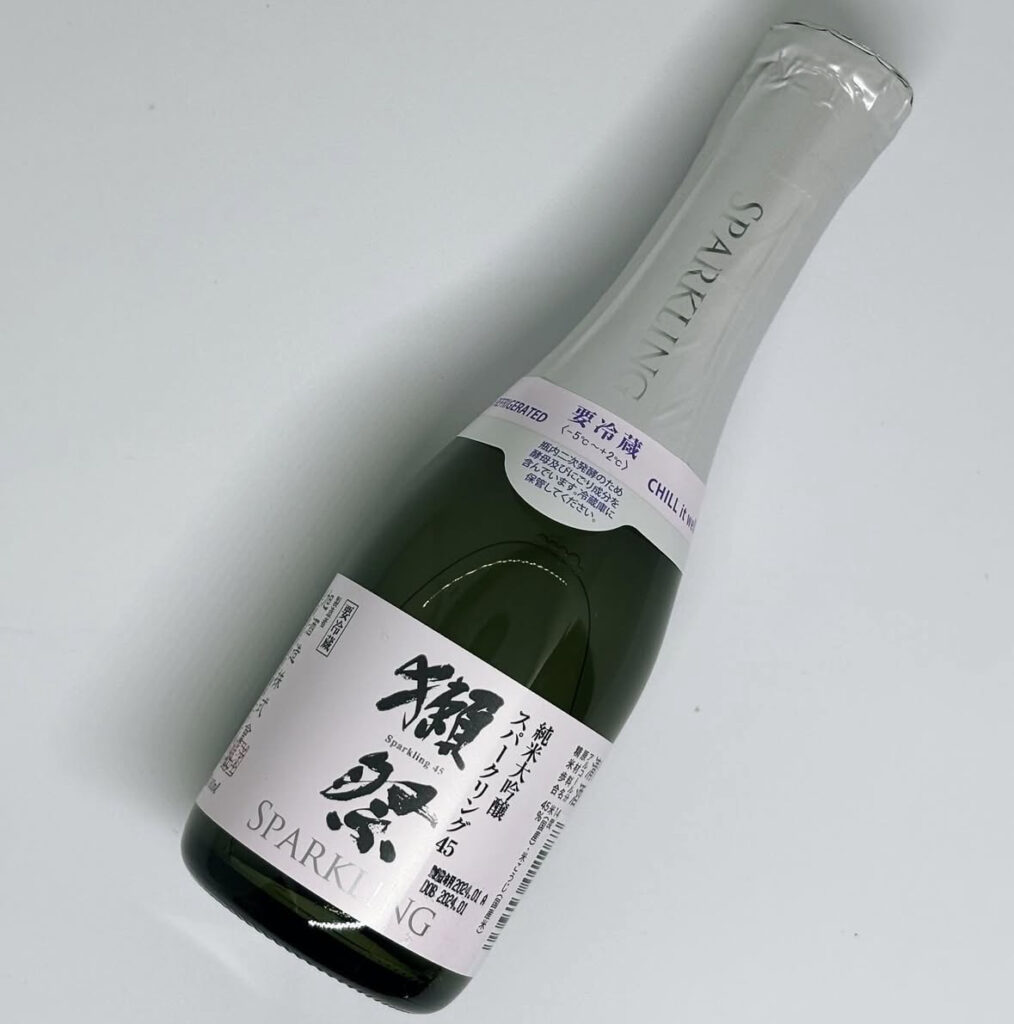
Contents
- 1 A Legacy Flowing Beneath the Surface
- 2 The Underground Lifeline of Water
- 3 From Flooded Floors to New Foundations
- 4 Passing the Torch: From Nanbu Toji to a New Generation
- 5 The Signature Flavor: “Takushidoraiba” (Taxi Driver)
- 6 Balancing Local Roots and Distant Tastes
- 7 The Spirit of Clean Hands—and Modest Nails
- 8 Looking Forward Through the Steam
- 9 Visiting Kikuzakari Sake Brewery
A Legacy Flowing Beneath the Surface
Along the banks of the Kitakami River in Iwate Prefecture stands Kikuzakari Sake Brewery (喜久盛酒造), a family-run brewery now led by its fifth-generation president. Founded in the Meiji era, Kikuzakari has weathered both literal and historical floods—adapting with grace to each wave of change. The brewery continues to craft sake that embodies the strength and clarity of the northern water that sustains it.
The Underground Lifeline of Water
Underneath the brewery’s site run two distinct underground water veins, both fed by the Kitakami River. These streams supply the soft, mineral-rich water that defines Kikuzakari’s flavor. Many neighboring breweries lost one or more of their natural wells after the Great East Japan Earthquake in 2011 and now rely partially on city water. Kikuzakari, however, remains one of the few able to continue using both natural water veins.
When tremors occur—and they still do in this region—the brewers immediately open their faucets to let the well water run. “If the flow ever stops,” one worker explained, “the spring could collapse entirely.” Protecting water, here, is not symbolic—it is survival.
From Flooded Floors to New Foundations
The brewery’s current office and facilities sit on land that has endured repeated floods. After one particularly devastating incident—when the Kitakami River overflowed and submerged parts of the brewery—many wooden tools and Meiji-era artifacts were lost. Some surviving sake-making implements are now preserved in local museums, bearing witness to the region’s brewing heritage.
Although the main office building still bears scars—collapsed ceilings, damaged walls—the fifth-generation president has invested in modern brewing equipment and begun a slow but steady process of recovery. The mix of old wooden beams and stainless-steel tanks captures the dual spirit of Kikuzakari: tradition rooted in progress.
Passing the Torch: From Nanbu Toji to a New Generation
For decades, Kikuzakari relied on the expertise of the Nanbu Toji guild—one of Japan’s most respected groups of master brewers originating in Iwate. Recently, however, a family successor obtained official brewing certification, allowing the brewery to internalize the craft. The shift marks a generational handover not only in management but in philosophy: blending inherited skills with direct family stewardship.
The Signature Flavor: “Takushidoraiba” (Taxi Driver)
Kikuzakari’s flagship sake, “Takushidoraiba” (Taxi Driver), embodies the brewery’s playful yet powerful spirit. Unlike many modern breweries that use premium sake rice (sakamai), Kikuzakari proudly brews with table rice (hanmai). This unconventional choice gives the sake a robust, earthy character that pairs beautifully with Iwate’s richly seasoned local cuisine. The flavor is bold, slightly smoky, and unapologetically individualistic—like the blue-collar heroes it’s named after.
Balancing Local Roots and Distant Tastes
While Kikuzakari has a loyal hometown following, much of its growing demand comes from western Japan, particularly the Kansai region. The reason, locals say, lies in compatibility: “The deep flavor of Iwate sake matches the boldness of Kansai cooking.” This interregional connection has quietly expanded the brewery’s fan base beyond Tohoku.
The Spirit of Clean Hands—and Modest Nails
Visitors touring the brewery are often reminded not to eat natto beforehand—its airborne bacteria can interfere with yeast cultures. During one visit, the writer noted another subtle etiquette: nail polish. Bright, decorative nails drew curious glances from the brewers, who typically keep hands unadorned for sanitary and cultural reasons. It served as a reminder that even small gestures—like clear, simple nails—show respect for the purity and discipline of sake making.
Sake brewing is a dialogue between people, water, and time. Entering that space means adapting not only in words but in appearance, in rhythm, and in mindfulness. Respect, here, is practical, not performative.
Looking Forward Through the Steam
As new machinery hums beside the old tanks, Kikuzakari Sake Brewery stands as a living metaphor for Iwate itself—scarred but determined, rooted yet forward-looking. Its water still runs from twin underground veins, its sake still carries the echo of the Kitakami River, and its story continues to flow—one batch, one season, one quiet act of endurance at a time.
Visiting Kikuzakari Sake Brewery
- Name: Kikuzakari Sake Brewery (喜久盛酒造株式会社)
- Location: 6-1-6 Mizusawa Yokomachi, Oshu City, Iwate Prefecture, Japan
- Founded: Meiji Era (late 19th century)
- Representative Brand: Takushidoraiba (Taxi Driver)
- Website: https://kikuzakari.jp/
For visitors to Iwate, Kikuzakari offers not just a taste of sake, but of resilience itself—the flavor of a place that never stopped fermenting hope.



